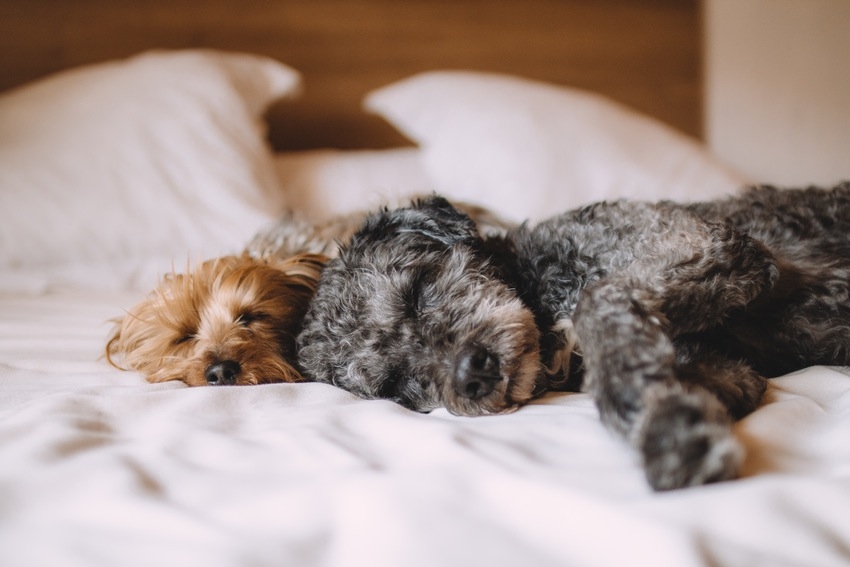Form and uses of countable and uncountable nouns
Countable nouns: form and uses
It’s important to learn the difference between countable and uncountable nouns in English because they can be used in different ways.
Countable nouns are used for things that can be counted using numbers. They have singular and plural forms. A single form can use a/an and when it's necessary to know the quantity we ask ‘how many’.
Examples of countable nouns include:
| A dog | She owns two dogs. |
| An apple | I ate three apples. |
| An idea | You need ten ideas |
Uncountable nouns: form and uses
Uncountable nouns are used with anything that can’t be counted with numbers. Items that can’t be counted because they are too small, such as powders or gases, or abstract ideas are uncountable. These are always used with a singular verb and don’t normally have a plural form.
Examples
Tea
Rice
Air
Love
Beauty
Knowledge
Uncountable nouns, be careful!
Because uncountable nouns do not take a/an before them, other expressions must be used to describe a quantity of them. Examples of this could be:
A cup of tea
Some rice
A breath of fresh air
Lots of love
A great deal of beauty
Plenty of knowledge
Nouns that can be countable and uncountable
Some nouns can be both countable and uncountable, so must be used with care. If they can be both, they should follow the rules for uncountable nouns.
Some examples include:
| uncountable | countable | |
| Noise/a noise | “There’s a lot of noise in there” | “I can hear two noises at once.” |
| Hair/a hair | “I brushed my hair” |
“I found three hairs on his pillow and they weren’t mine.”
Hair is normally an uncountable noun and is only countable if you are talking about individual hairs, as above. |
How to use how much and how many with countable and uncountable nouns
When we need to know the quantity of something, we use different rules for countable and uncountable nouns. 'How many' can be used with countable nouns, for example,
"How many miles is it to the hotel?"
Uncountable nouns use ‘much’, for example,
"How much money do you have?"
Although money can be counted out in currency, for example, “How many Euros does this cost?” money itself is an uncountable noun so always needs “how much?”




